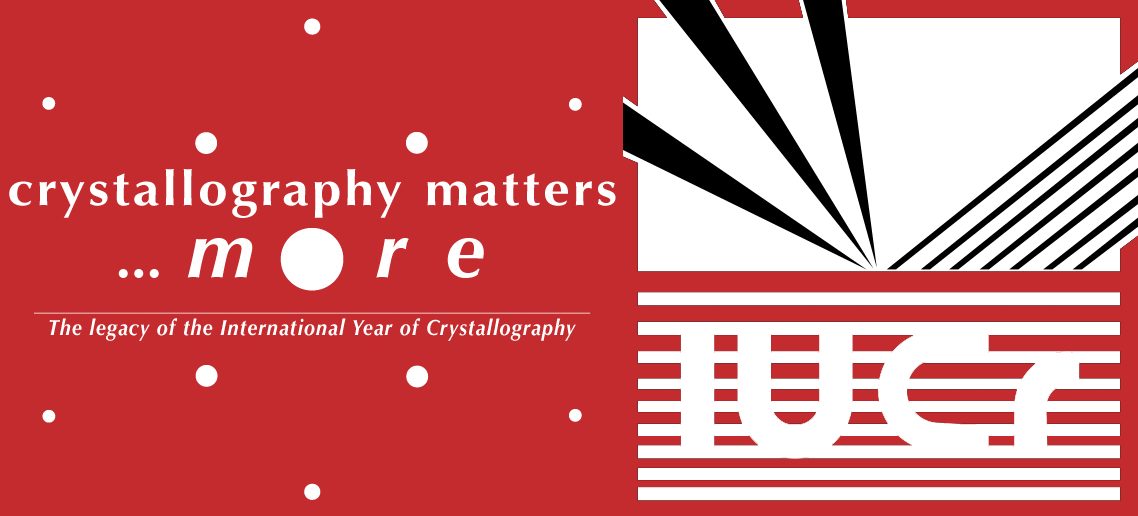issue contents
February 2023 issue

Cover illustration: (E)-N-Phenyl-N-(phenylcarbamoyl)-3-[propyl(trimethylsilyl)amino]acrylamide, an insertion product from propyl(trimethylsilyl)[2-(trimethylsilyl)ethenyl]amine and phenyl isocyanate, was obtained in the course of work on different types of silicon–nitrogen compounds. Si—N bonds can be subjected to the insertion of different heteroallenes such as CO2 and isocyanates. See: Herbig & Böhme [IUCrData (2023). 8, x230117].
metal-organic compounds
Download citation


Download citation


Open  access
access
 access
accessThe `tromancenium-8-carboxylic acid' entity with a hexafluoridophosphate counter-ion represents a rare case of a cationic carboxylic acid.
CCDC reference: 2239883
Download citation


Download citation


Open  access
access
 access
accessIn the title hydrido rhodium(I) monocarbonyl complex, one bisphosphite ligand coordinates in the expected bidentate mode, whereas the other coordinates to the metal in a monodentate mode.
CCDC reference: 2238871
Download citation


Download citation


Open  access
access
 access
accessThe structure of the title compound exhibits disorder around a ![[\overline{4}]](/x/issues/2023/02/00/bv4046/teximages/bv4046fi1.svg) axis. The 4-methoxypyridine ligands have a propeller-like arrangement around the ruthenium at 52.01° from the RuN4 plane.
axis. The 4-methoxypyridine ligands have a propeller-like arrangement around the ruthenium at 52.01° from the RuN4 plane.
CCDC reference: 2243464
organic compounds
Download citation


Download citation


Open  access
access
 access
accessThe structure of a C16 benzalkonium chloride (C16BAC) is reported.
CCDC reference: 2239551
Download citation


Download citation


Open  access
access
 access
accessThe crystal structure of the title compound exhibits an envelope conformation for the pyrrolidine ring, which includes three chiral centres.
CCDC reference: 2238498
Download citation


Download citation


Open  access
access
 access
accessThe title compound crystallizes in the space group C2 with two molecules in the asymmetric unit.
CCDC reference: 2240109
Download citation


Download citation


Open  access
access
 access
accessThe title compound, C22H29N3O2Si·0.5CHCl3, crystallizes in the the triclinic space group P![[\overline{1}]](/x/issues/2023/02/00/im4017/teximages/im4017fi1.svg) with two host molecules and one chloroform molecule in the asymmetric unit. The core of the molecule consists of a urea unit bound to a 3-amino-acryloyl group. An intramolecular N—H⋯O hydrogen bond is present in both crystallographically independent molecules.
with two host molecules and one chloroform molecule in the asymmetric unit. The core of the molecule consists of a urea unit bound to a 3-amino-acryloyl group. An intramolecular N—H⋯O hydrogen bond is present in both crystallographically independent molecules.
CCDC reference: 2240673
Download citation


Download citation


Open  access
access
 access
accessThe title molecule adopts a cup-shaped conformation. In the crystal, layers lying parallel to the ab plane are formed by C—H⋯O hydrogen bonds and C—H⋯π(ring) interactions.
CCDC reference: 2241205
Download citation


Download citation


Open  access
access
 access
accessThe title compound represents the first instance of a 1,4-phenylene bis(carbonate) derivative characterized by X-ray diffraction.
CCDC reference: 2241801
Download citation


Download citation


Open  access
access
 access
accessThe title molecule is essentially flat. In the crystal the molecules are linked by a system of N—H⋯N hydrogen bonds formed by the hydrazinyl group, a Br⋯Br halogen bond, and π-stacking between the pyridine rings.
CCDC reference: 2243041

 journal menu
journal menu





















![[publCIF]](/logos/authorchecklist11.gif)





